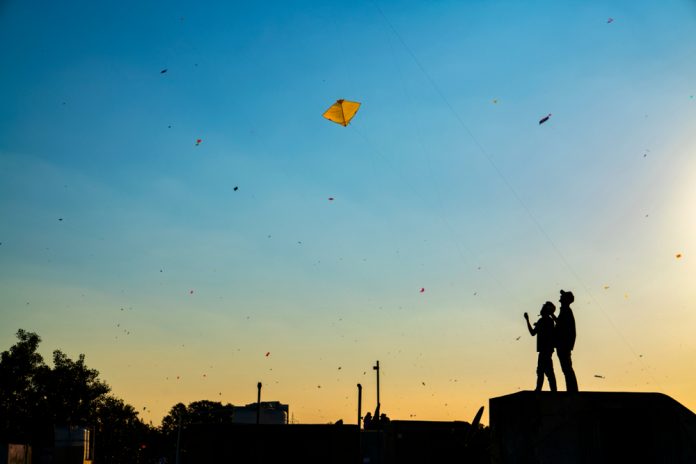This month is celebrated as Uttrayan or Makar Sankranti – the festival dedicated to the Sun God. It marks the northward journey of the Sun into the northern Hemisphere or “Uttrayan” and the beginning of the zodiac month of Capricorn also known as ‘Makar’. The transition also marks the end of winter months and the days start to get longer after this. For Hindus all over the country it is an important festival as it heralds the beginning of an auspicious period and is considered really good for marriages. The festival is celebrated with great enthusiasm and fervour in different ways. In some parts of North India Raksha Bandhan and Janmashtami are associated with kite flying due to weather and wind conditions in those areas.
One unique feature of this festival is that it is probably the only Indian festival celebrated on the same date every year —14 January. It is observed with the movement of the Sun, while the others are observed with the movement of the Moon and are associated with the full moon ‘purnima’.
In Gujarat and Maharashtra people give till-gul to each other and take blessings from the elders. Married women also give haldi-kumkum to each other as a good will gesture. These customs have a major social importance. Till (sesame) and gud or gul (jaggery) both seem to be special to this festival and are the main ingredients in all the sweets made during this festival. These two and puffed rice are offered even to the holy fire of Lohri which is celebrated in north India.

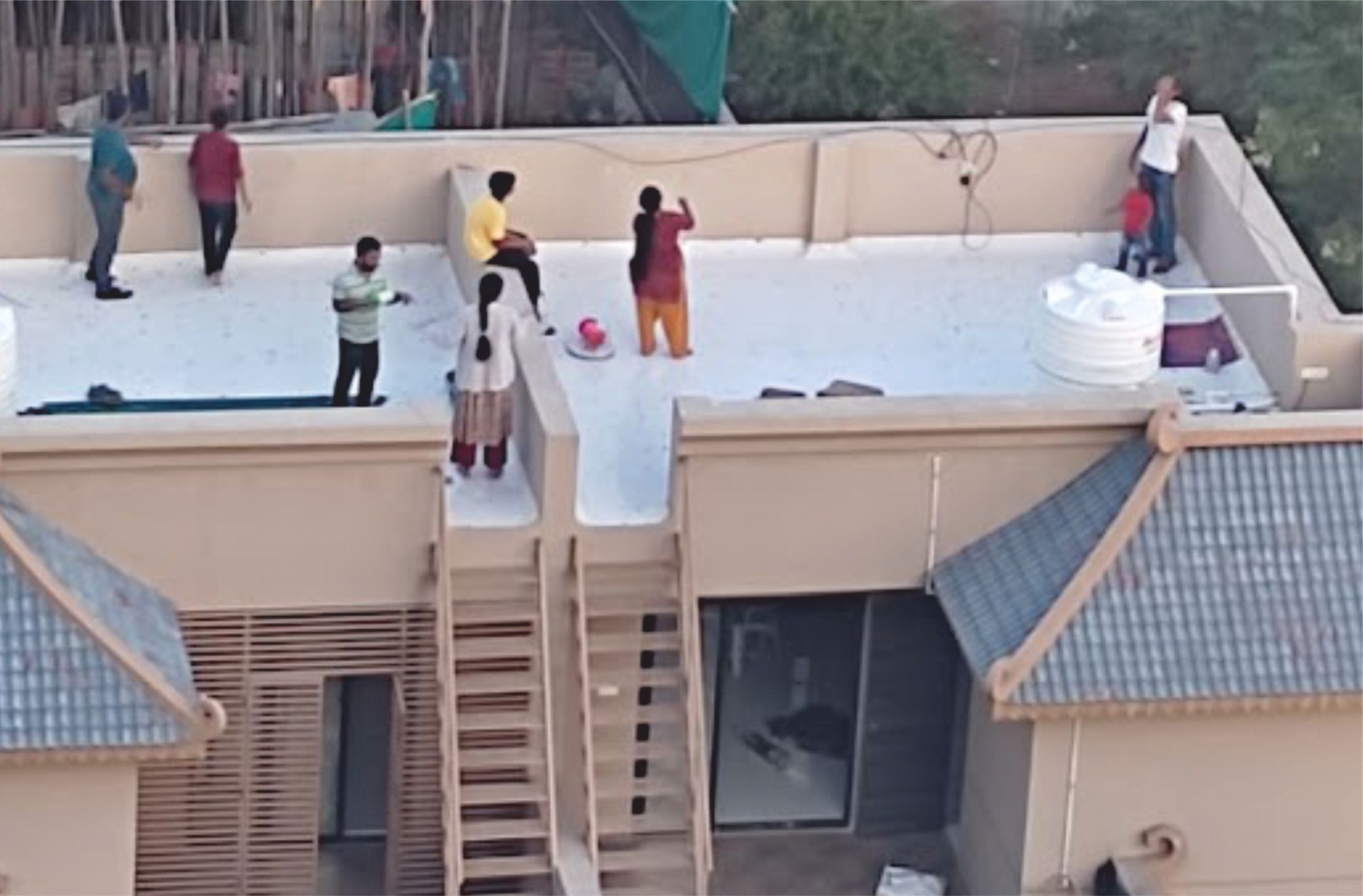
In Gujarat Sankrant is celebrated by flying kites. Right from the beginning of January, kites are seen dotting the sky. Kids love the festival. It was started in earlier times as a way to spend time in the sun and enjoy the changing weather.
Actually the festival is only for a day but it is something to look forward to soon after the New Year celebrations get over, kites can be seen in the market as well as in the sky.
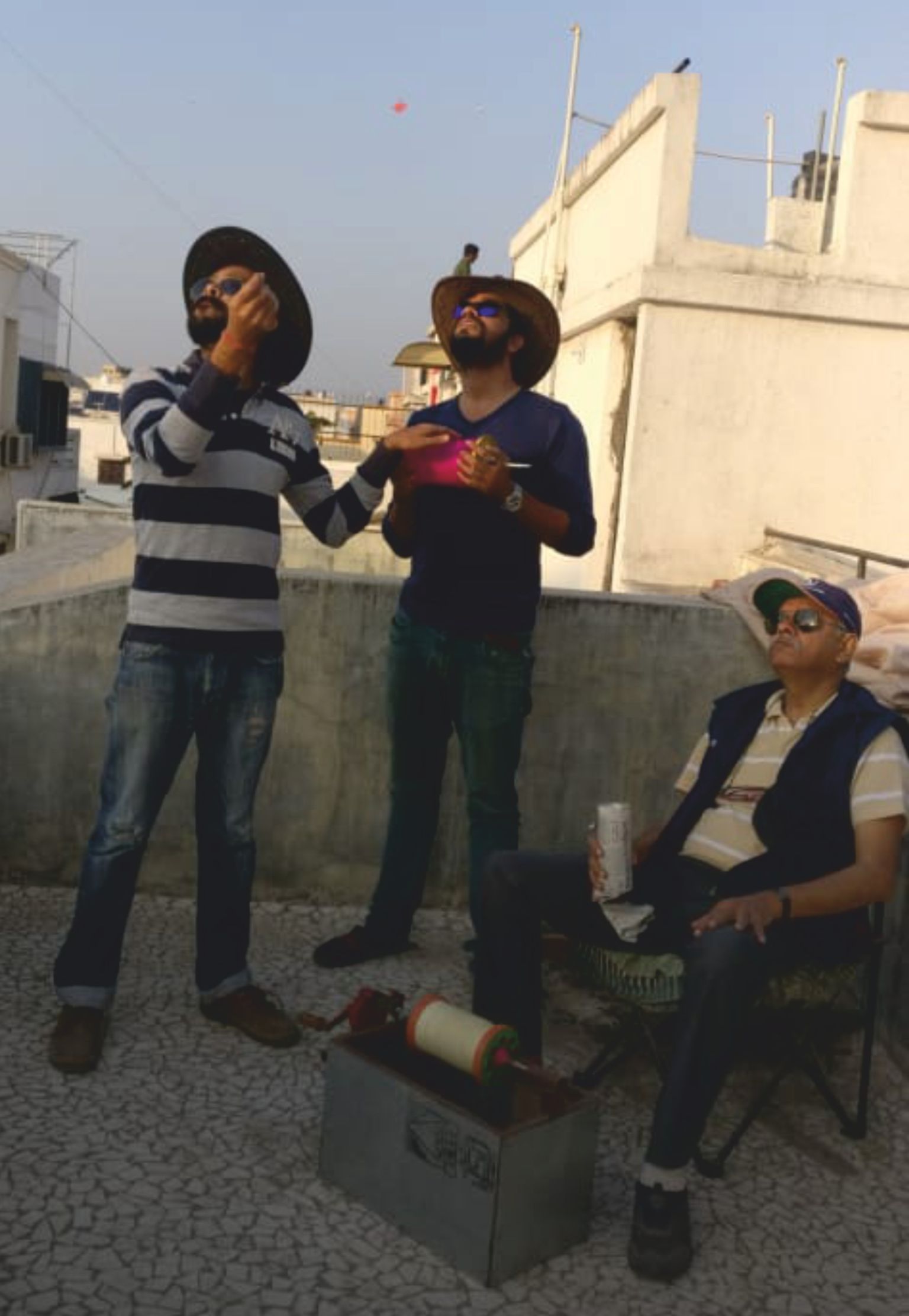
Many non-resident Gujarati’s make it a point to plan their India trip in a way that they are here to enjoy kite flying. Even the government is promoting the Kite Festival in Ahmedabad. It takes place every year at Sabarmati riverfront. Professional Kite fliers and enthusiasts from all over the world converge in Gujarat and whet their passion. Creatively made and decorated kites in all shapes and sizes can be seen in vibrant colours. Some are even customised in big sizes. It is a big tourist attraction. You can see dragon, butterfly, elephant, fish and many shapes of inflated Kites which are more like balloons and are more for fun and display. The smaller, traditional ones are colourful no doubt and made with different patterns on them – like patriotic colours or could be with political symbols or motifs like the lotus flower or the hand; these may be even distributed free in bastis for a subtle propaganda of a particular party. Sometimes you can see the kites painted with popular characters from children’s video games or on Bollywood themes with the hero’s face or name of an upcoming film.
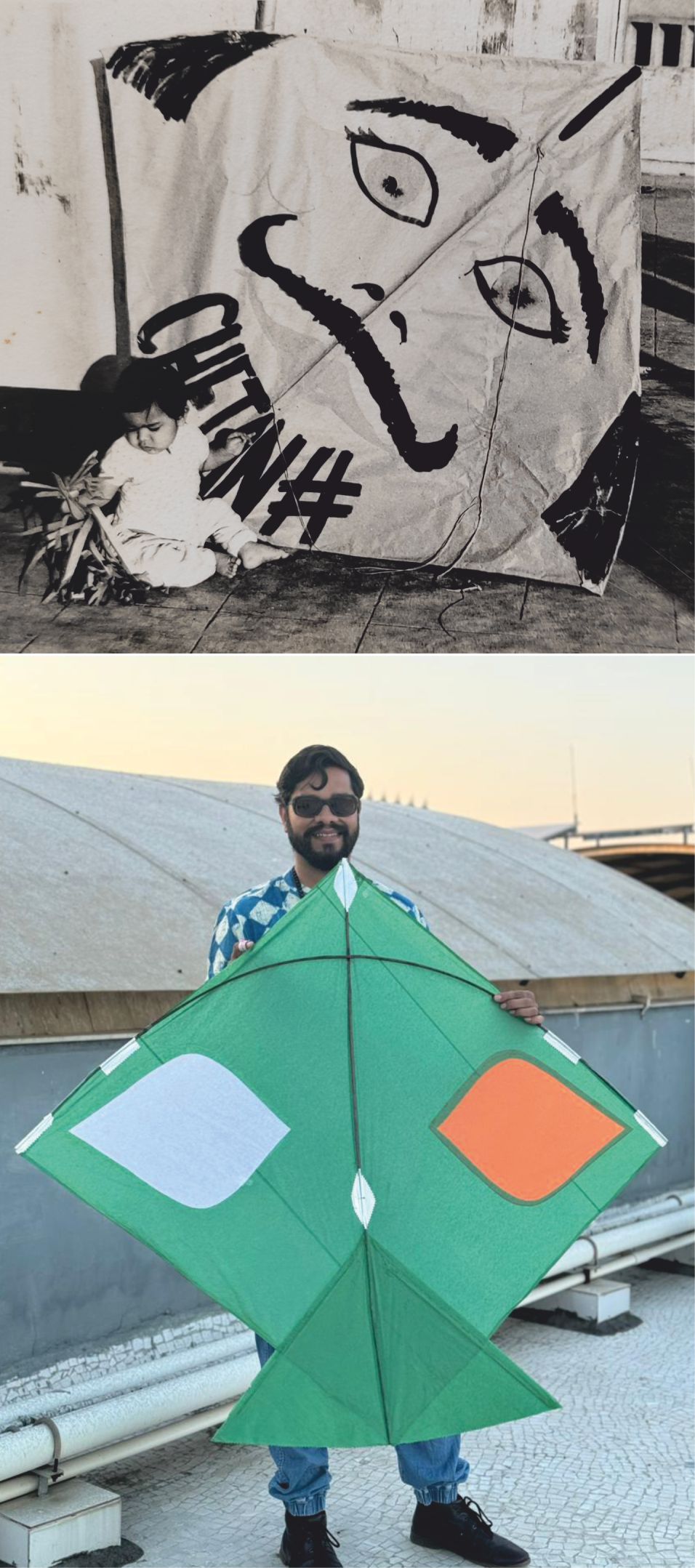
Right from the early hours in the morning people gather on their terraces with colourful clothes, hats, glares, binoculars, sound systems, an unending supply of kites and manjha (the specially treated thread)
The party starts in the wee hours of the morning by gathering on the terraces to fly kites and cut each other in a friendly competitive spirit. Loud music blaring from everywhere with Bollywood songs like Dheeal De De Re and Udi Udi Re Patang Meri and an occasional Kai Po Che followed by lapet the first one victory call of excitement to have cut the string of another. Lapet means – now rewind you are strong and get lost. All ages including elders are seen on the terraces wearing sunglasses and hats and mothers giving out reminders to apply sunscreen lotion and be careful you don’t fall. This goes on throughout the day till it gets dark, at night and still it doesn’t end! With the onset of dusk, the sky is full of countless lanterns trailing each other behind kites tied to the strings.
The foods that are enjoyed during Sankrant are chikki made from sugar or jaggery with variants made with sesame, peanuts, coconut, walnuts and other dry fruits. But in Gujarat the favourite food during this time is a dish called Undhiya or Undhiyu which is eaten with pooris.
While another version of it is only boiled or baked in earthen pots with spices, it is called Ubadiyu. It is a dish made from a variety of vegetables and green garlic available in this season and fresh methi leaves (fenugreek). Bhajiyas or pakodas made from methi are also a hot favourite during these days. Another popular snack during this period is fresh green kernel of jowar called poonk, eaten with green chutney and garlic flavoured sev, along with other yummy snacks cold drinks – nimbu pani and lassi, are also kept hand to quench the thirst as a result of being in the sun the whole day.
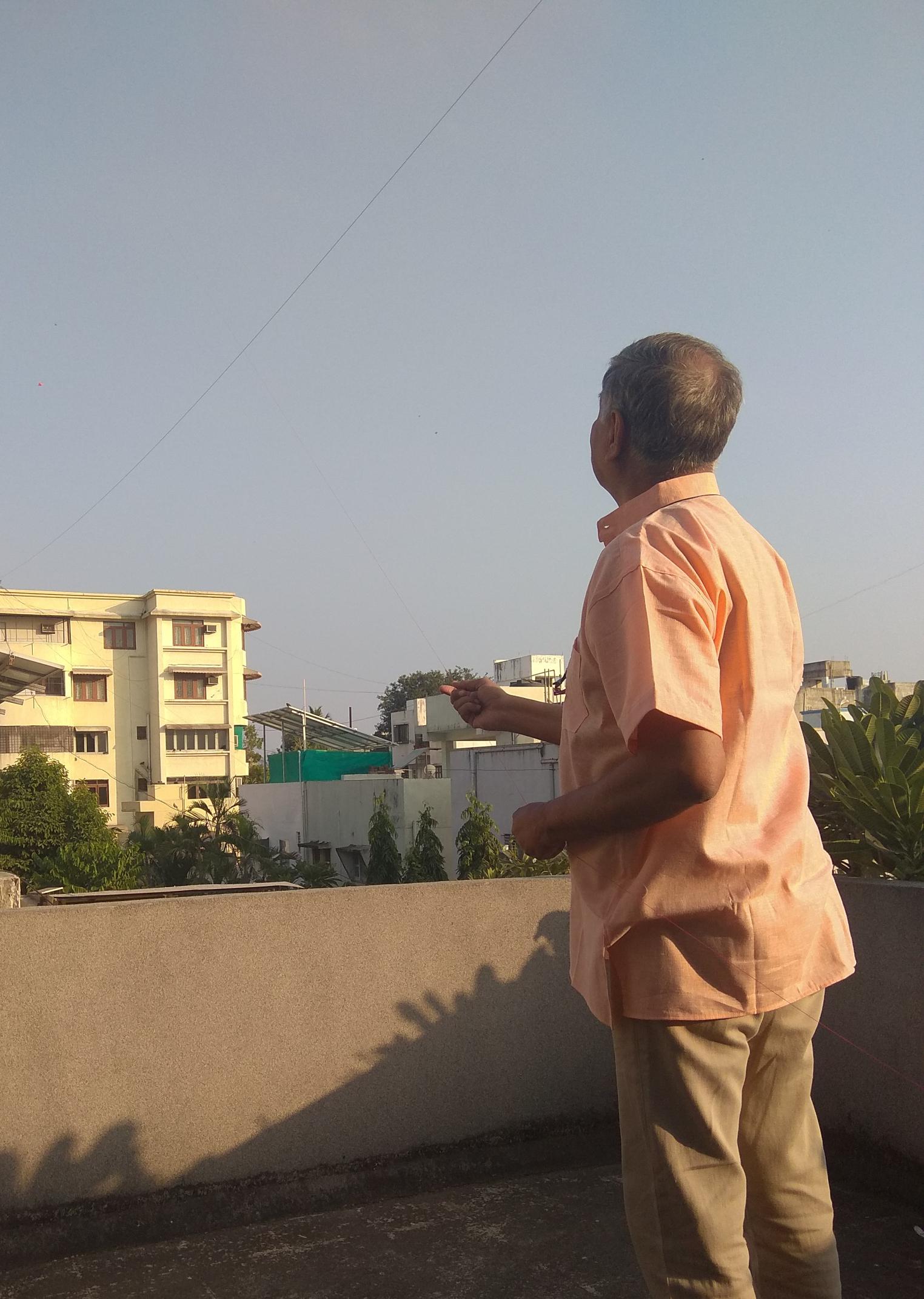
The art of kite making has no formal training. It is a skill that has been passed on from father to son and so on since many generations. It is believed that this profession came to India from Sialkot, Pakistan with the people who migrated to India at the time of partition. Just like the fading of that generation who came as children, the traditional art of kite making is also fading away. Now-a-days people are experimenting with newer and more durable materials, even making reusable kites. The season for making or manufacturing kites is almost the whole year as it is a slow process and the thin kite paper has to be handled with care. There are efforts on part of the government to protect the interest of these craftsmen from the unorganised sector but they don’t make enough money from kite making to sustain themselves; so they make their living by doing other odd jobs and spend only their leisure or spare time making kites around the year. Their youngsters don’t see a future in this profession. The urban children are obsessed with technology and gadgets or overburdened with their studies. Luckily there are still a generation of few enthusiastic seniors who take pleasure in kite flying even if it is for that one day and enjoy their passion.
Happy Uttrayan!



